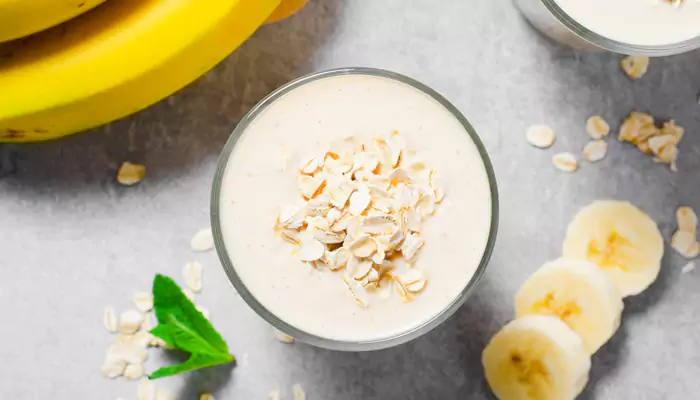Cool Your Carbs For Better Health
Just like the childhood game “hot potato,” the temperature of our food, especially carbohydrates, can significantly impact our health. This concept revolves around a little-known hero in the world of nutrition: resistant starch.
- Ishani Karmakar
- 19 January, 2024
- 2 mins ago

Cool Your Carbs For Better Health
Just like the childhood game “hot potato,” the temperature of our food, especially carbohydrates, can significantly impact our health. This concept revolves around a little-known hero in the world of nutrition: resistant starch.
Resistant starch is a unique type of fibre found in certain starchy foods. While most starch is transformed into glucose, resistant starch doesn't break down so easily. It resists digestion, acting more like fibre. Resistant starch bypasses digestion in the small intestine and undergoes fermentation in the large intestine. Here, it serves as a prebiotic, nurturing the beneficial bacteria in our gut.
Typically, amylase, an enzyme, breaks down starch into glucose, triggering insulin release to transport this energy source throughout the body. However, resistant starches, rich in amylose, are not easily broken down into glucose, leading to lower glucose and insulin release.
Glycemic index
This is where the concept of the glycemic index comes in. Foods are rated based on how much they spike blood sugar levels post-consumption. Foods high in resistant starch have a lower glycemic index, meaning they cause a smaller increase in blood sugar levels.
Interestingly, we can increase the amount of resistant starch in our diet by simply cooling our carbohydrates. Research has shown that cooling rice in the refrigerator for 24 hours after cooking and then reheating it results in significantly lower blood glucose spikes compared to freshly cooked or room-temperature rice.
The benefits extend beyond blood sugar regulation. Since resistant starches aren't broken down by amylase, they remain in the gut, providing fuel for gut bacteria and thus promoting a healthy microbiome. This differs from probiotics, which are foods or supplements containing live beneficial bacteria.
To incorporate more resistant starch into your diet, consider these foods:

Oats: Especially effective when prepared as overnight oats, which can further improve glucose and insulin responses. Customize your overnight oats with additions like chia or flax seeds for added health benefits.
Beans/Legumes: Create a chilled salad for a tasty and healthy meal.
Understanding the impact of resistant starch opens a new dimension in dietary choices. By cooling our carbs, we can not only enjoy delicious meals but also support our health in a simple and effective way. This fascinating intersection of food science and health shows how small changes in our eating habits can yield significant benefits.
The Surprising Science of Cooling Carbohydrates
The role of resistant starch in health extends beyond mere blood sugar regulation. This unique form of starch impacts everything from gut health to energy metabolism, offering a fresh perspective on how we view our everyday carbs.
Enhancing Gut Health
Resistant starch acts as a powerful prebiotic, significantly influencing the microbiome in our gut. Unlike digestible starch, which is absorbed in the small intestine, resistant starch reaches the large intestine intact. Here, it becomes a feast for beneficial gut bacteria. These bacteria, in turn, produce short-chain fatty acids like butyrate, which have been linked to numerous health benefits, including reduced inflammation and improved colon health.
Cooling your carbs is more than just a dietary hack; it's a scientifically supported strategy to enhance overall health. By understanding and utilizing the properties of resistant starch, we can make simple yet impactful changes to our diet. This not only helps in managing blood sugar levels but also supports gut health, aids in weight management, and could potentially reduce the risk of chronic diseases. Embracing this knowledge empowers us to make informed choices about the carbohydrates we consume, turning everyday meals into opportunities for better health.










